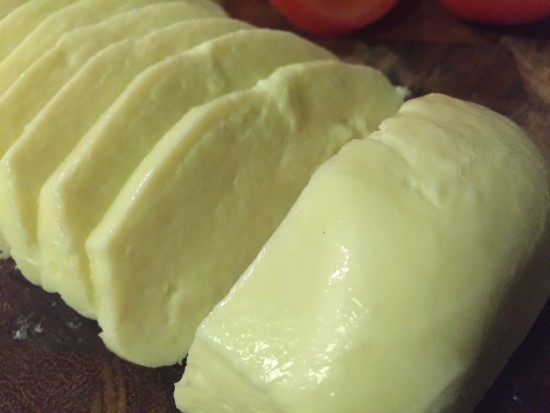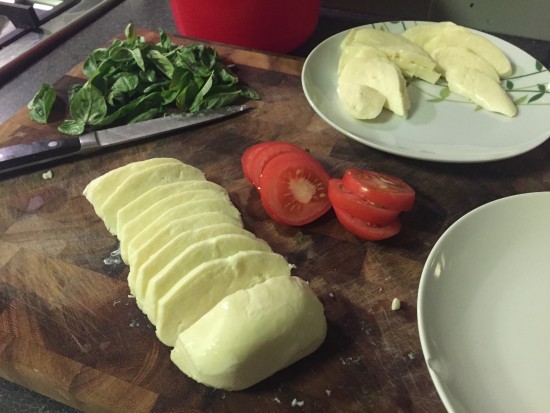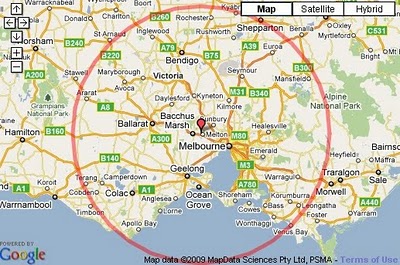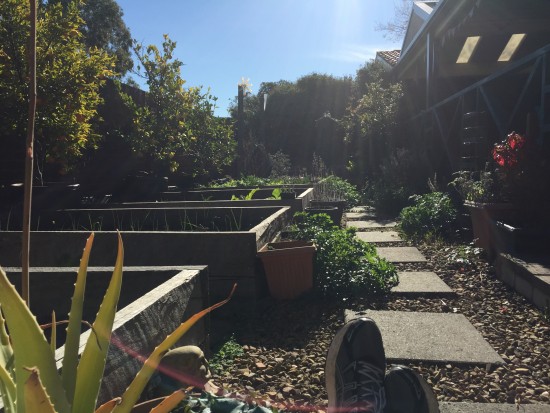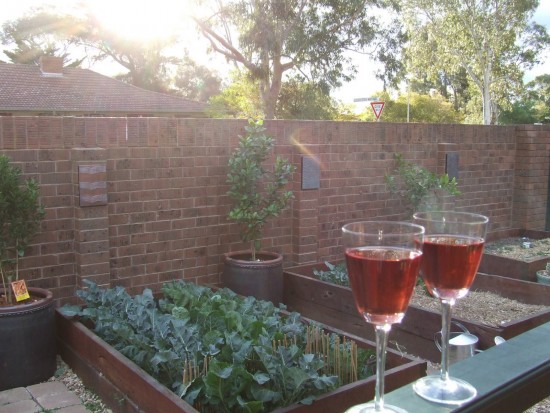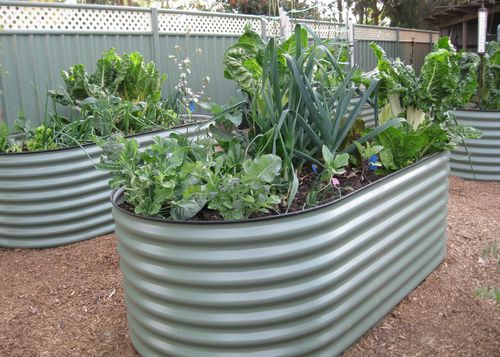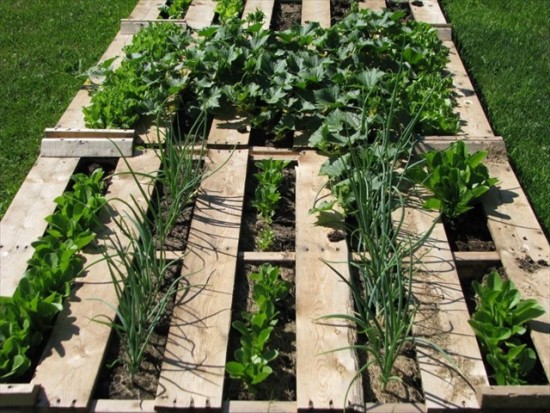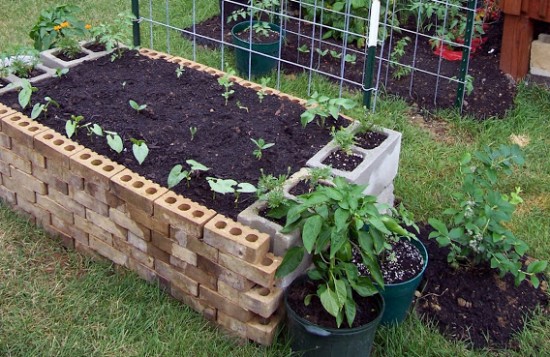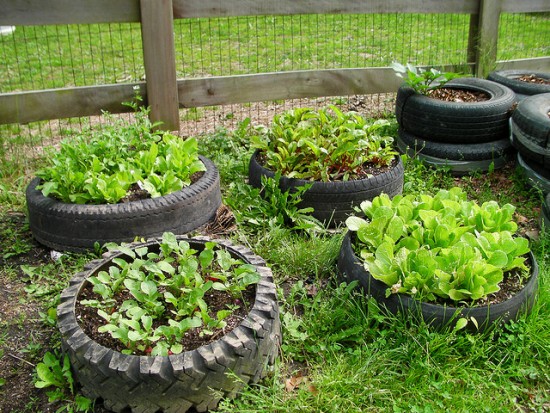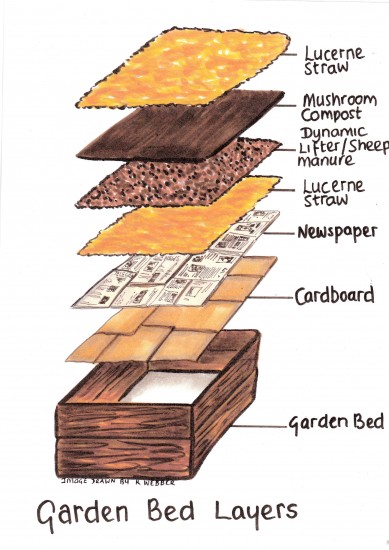About two weeks ago I started growing oyster mushroom kits that I was given by Mr Fothergill’s to trial. I was hoping to report back that I now have two boxes full of mushrooms, but it looks like the fickle finger of fungi fate struck again! Only one of the two kits actually grew some mushrooms.
I was hoping to report back that I now have two boxes full of mushrooms, but it looks like the fickle finger of fungi fate struck again! Only one of the two kits actually grew some mushrooms.
They both started out looking promising, however at about day 7 the Golden Oyster Mushrooms shrivelled and stopped growing.
But the good news is that the Pearl Oyster mushrooms grew rapidly and are ready to pick!
Have a look at the video I produced during the growing process; https://youtu.be/5n5gx9B8kTo
I think it may have had something to do with the way the Golden Oyster mushroom substrate floated on Day 1. It may not have been soaked with water enough, but this wasn’t specified in the instructions.
Tomorrow, I am going to resoak the Golden Oyster Mushroom substrate again, this time placing a weight on top to hold it down for the first 24 hours. This should kick it back into action. I will take a few more photos over coming days to see if it works. I would hate to throw away a perfectly good mushroom kit.
Then I will take a few more photos over coming days to see if it works. I would hate to throw away a perfectly good mushroom kit.
So there you go. My first success growing oyster mushroom kits! Once the Pearl Oysters have finished growing, I am going to resoak that substrate as well to see if I can get another flush. The instructions suggest that this is possible, so I might get two flushes of mushrooms for the price of one.
Have any of you tried this type of kit? What were your results?

